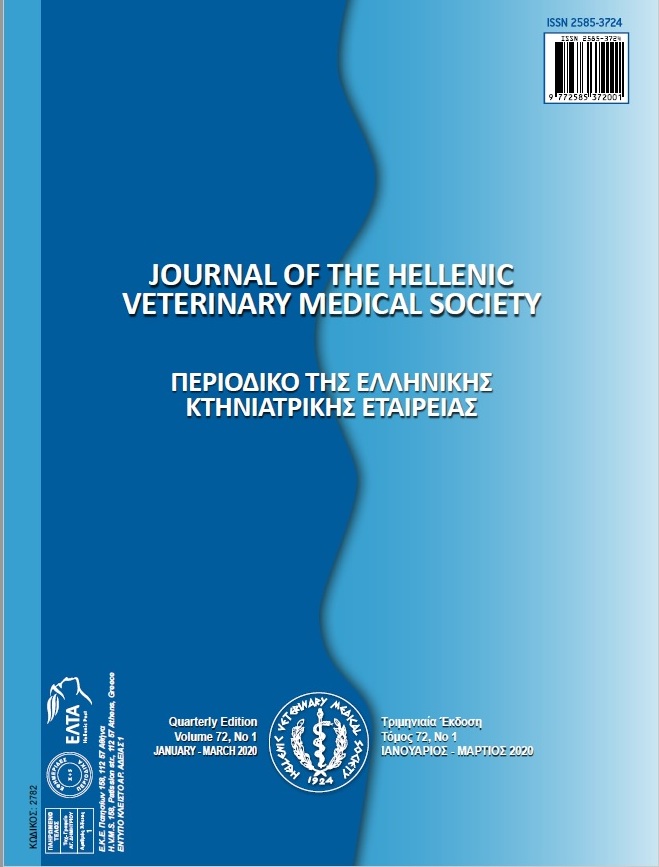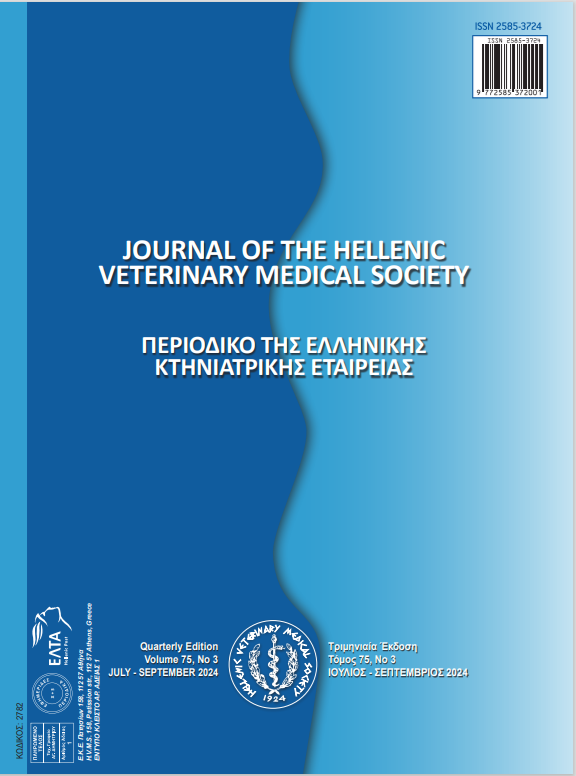Survival of Shiga Toxin-Producing Escherichia coli (STEC) Serogroups During Production and Storage of Yogurt
Abstract
In this study, the survival of Escherichia coli O157:H7 and non-O157 STEC serogroups of O26, O111, O103, and O145 were investigated during production and storage of yogurt. For this purpose, pathogens were individually inoculated into milk after pasteurization along with the starter culture (approximately 7.00±1.00 log10 cfu/g). After incubation at 44oC (about 180 min), yogurt samples were capped and stored at 4oC for 20 days. Pathogens were enumerated at 0, 5, 10, 15, and 20th days of storage. Lactic acid content (%) and pH of the samples were also screened. Moreover, mesophilic Lactococcus spp. and mesophilic Lactobacillus spp. were enumerated during production of yogurt.After incubation, the number of E. coli O157, O26, O103, O145, O111were 6.76±0.45, 6.64±0.53, 7.12±0.43, 6.00±1.39, 5.89±1.37 log10 cfu/g, respectively. A significant decrease was determined in all groups during the storage of yogurt samples at 4oC (p<0.05). It was detected on the 20th day of storage that the number of E. coli O157:H7 and non-O157 STEC serogroups of O103 and O145 were under the detection limit. However, STEC O26 and O111 were viable around 1.51±0.98 and 1.18±0.62 log10 cfu/g respectively. Results of the study showed that Escherichia coli O157:H7 and non-O157 STEC serogroups might pose a potential health risk during production and storage of yogurt.
Article Details
- Come citare
-
CELIK, G., DIKICI, A., & KOLUMAN, A. (2021). Survival of Shiga Toxin-Producing Escherichia coli (STEC) Serogroups During Production and Storage of Yogurt. Journal of the Hellenic Veterinary Medical Society, 72(1), 2689–2694. https://doi.org/10.12681/jhvms.26753
- Fascicolo
- V. 72 N. 1 (2021)
- Sezione
- Research Articles

Questo lavoro è fornito con la licenza Creative Commons Attribuzione - Non commerciale 4.0 Internazionale.
Authors who publish with this journal agree to the following terms:
· Authors retain copyright and grant the journal right of first publication with the work simultaneously licensed under a Creative Commons Attribution Non-Commercial License that allows others to share the work with an acknowledgement of the work's authorship and initial publication in this journal.
· Authors are able to enter into separate, additional contractual arrangements for the non-exclusive distribution of the journal's published version of the work (e.g. post it to an institutional repository or publish it in a book), with an acknowledgement of its initial publication in this journal.
· Authors are permitted and encouraged to post their work online (preferably in institutional repositories or on their website) prior to and during the submission process, as it can lead to productive exchanges, as well as earlier and greater citation of published work.






